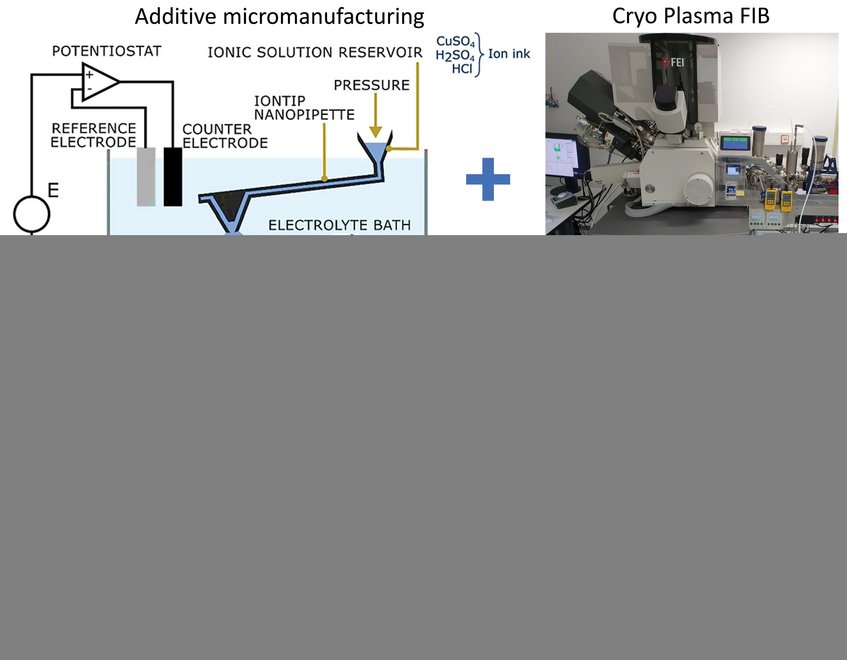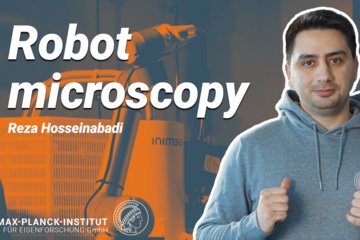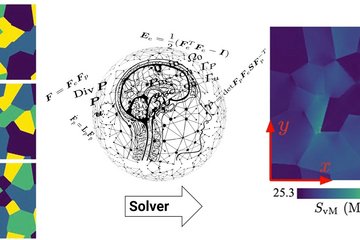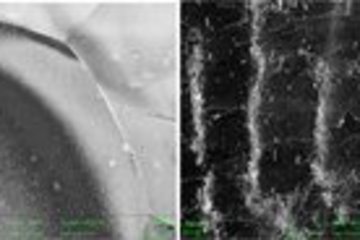Additively micromanufactured fluid-filled metal
microvessels: APT sample carriers
Atom probe tomography (APT) is a material analysis technique capable of 3D compositional mapping with sub-nanometer resolution. The specimens for APT are shaped as sharp needles (~100 nm radius at the apex), so as to reach the necessary intense electrostatic fields, and are typically prepared via focused ion beam (FIB) based milling.
Though well-established protocols exist for analyzing solid materials using APT, studying wet chemical systems such as nanoparticle dispersions is still a new frontier owing the inherent challenges of preparing and transporting liquid media under cryogenic conditions (20-80 K) [1]. To enable such studies on frozen liquids containing small metallic or biological objects, the development of specimen preparation approaches that provide a stable storage platform for such liquid media is required. In other words, the challenge is to identify a manufacturing method capable of encapsulating liquid media with different dispersants inside a stable microscale metal container, which can be further frozen and shaped using cryo FIB into a needle suitable for APT [2].
Using a recently developed additive micromanufacturing (AMM) method, we are developing a unique synthesis platform to fabricate fluid-filled metal microvessels. The additive micromanufacturing method uses localized electrodeposition of individual sub-micron scale metal droplets to create complex 3D architectures (Fig. 1). This manufacturing process is electrodeposition-based and done submersed inside a supporting conductive liquid. This provides a unique pathway to fabricate metal microvessels encapsulated with the supporting liquid bath, which can be tuned for pH and dispersants such as metal/biological nanoparticles.
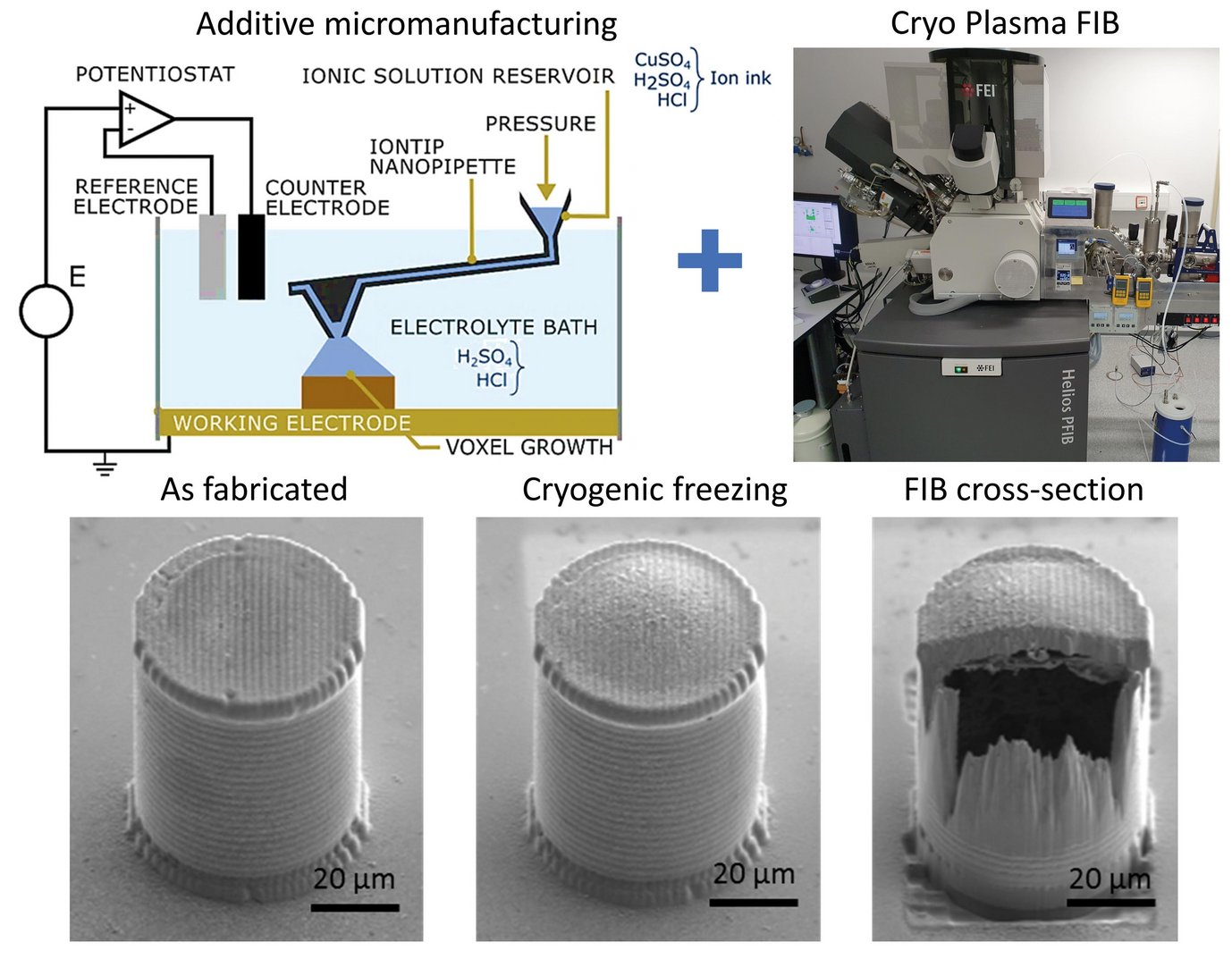
The process flow steps we envisage are 3D microprinting of various geometries whereby micron-scale vessels are deposited onto a typical support for atom probe specimens (coupons, grids), then locally filled with the liquid that contains the material of interest, e.g. nanoparticles, organics, proteins etc. Following controlled freezing, the vessel will then be turned into a needle-shaped specimen suitable for APT by using a cryo-plasma FIB (PFIB). Recently, a proof-of-concept study whereby copper microvessels with encapsulated water was fabricated using AMM printer (Fig. 1).
